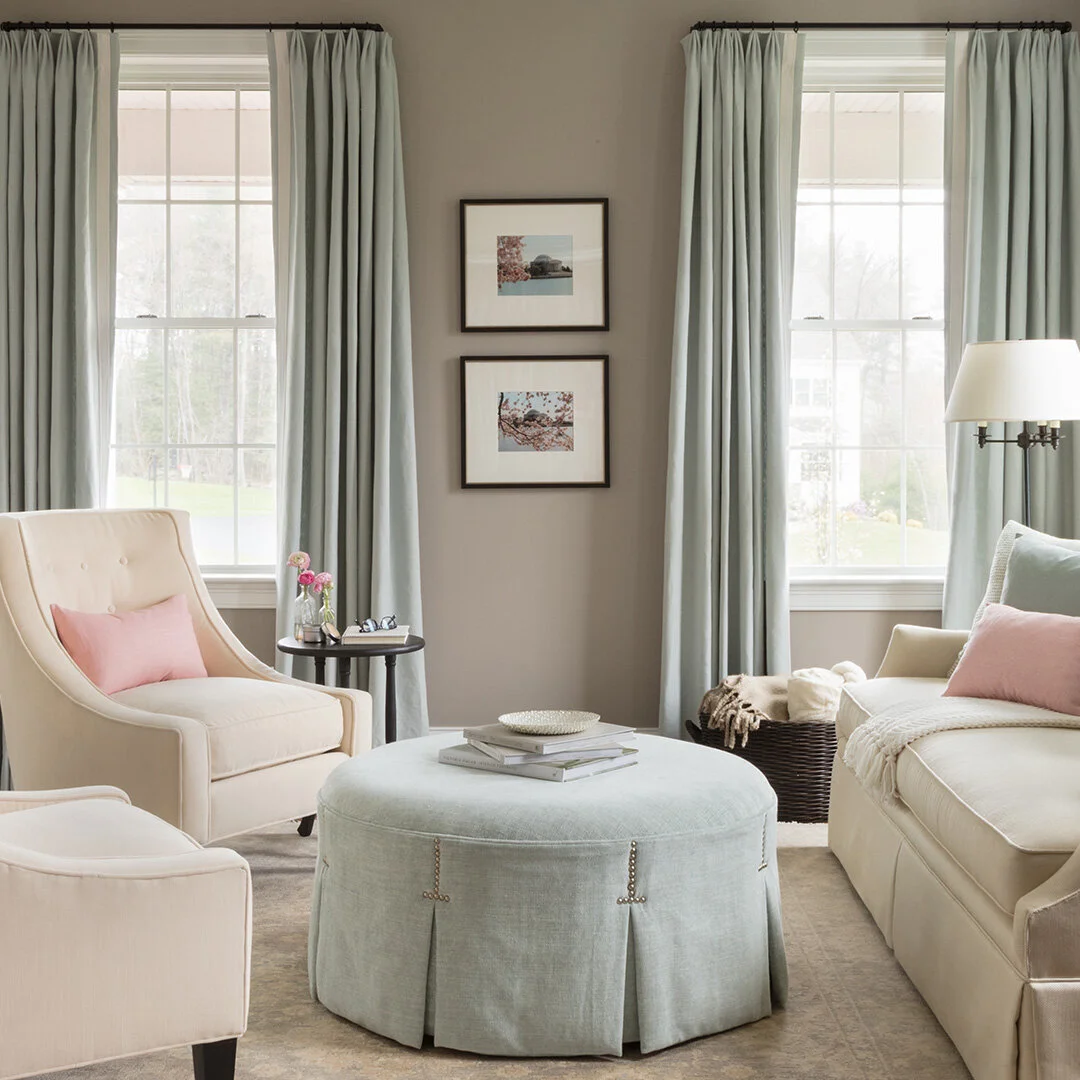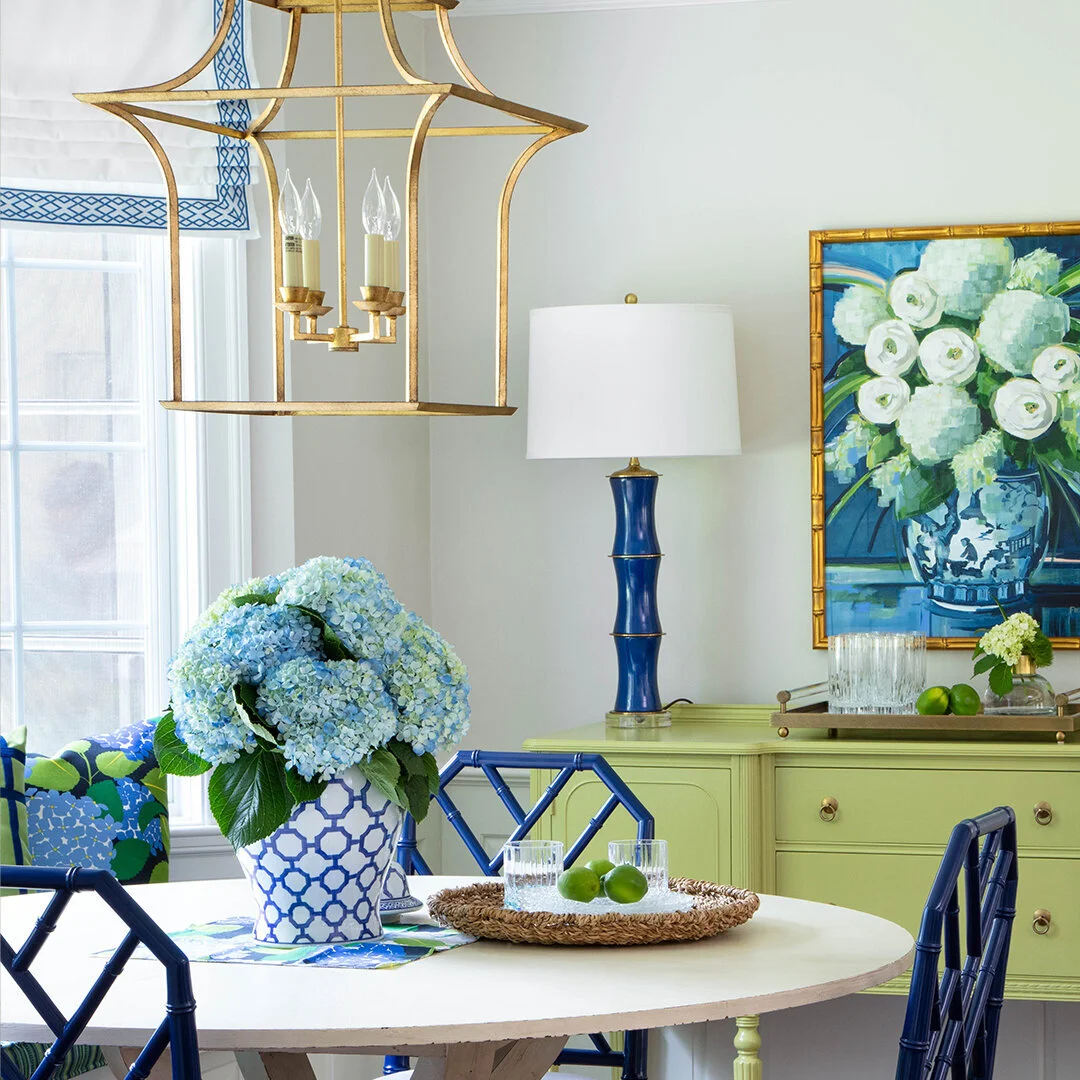Working with Interior Designers | Part III: Have A Little Faith (In Your Designer!)
In first part of the series, we discussed the collaborative process of design and why hiring an architect, contractor, kitchen specialist, etc. are all very important to the success of a design. In Part II we discussed how to relate that collaborative effort to your own project! And now we’re going to get a little honest and talk about the specific things to think about when working directly with your designer!
How To Get The Most Out Of Working With Your Interior Designer
MyDomaine put it perfectly: “In many ways, interior designers serve as the marriage counselors for your home: They have the expertise to navigate the tumultuous seas of the decorating process, with impressive success rates. But entering into a partnership with your interior designer is almost like a second marriage; beyond the initial compatibility and attraction, there are contracts to sign, finances to negotiate, and the impending knowledge that, despite best intentions, unforeseen events will always occur. Which is why choosing a designer is an important decision.”
The investment into interior design is not something to take lightly. There is so much being done behind the scenes that no one sees, and those billable hours add up quickly. If your designer is doing drawings, that will take time. Writing proposals takes a lot of time as well! Interior designers are calling the furniture vendors and window treatment workrooms checking in on whether the fabric has arrived. They are driving to and from the furniture showrooms to meet you on site to “test drive” (read: sit on!!) the sofas. They are stopping by to take measurements when the contractor has a question. They are running around finding the PERFECT accessories to style your coffee table. All of these hours add up. So, be ready for that. Projects like these do not happen overnight!
Another designer, Katie Hodges, wrote: The bond between designer and client is a sacred one. In order to have a successful working relationship with your designer, you need to be able to trust them implicitly. "I would advise clients to stay true to who they are, yet keep an open mind and allow their designer to… well, design. An interior designer will usually be able to find the right balance between your comfort zone and their vision."
Design by Bee’s Knees Interior Design
One of our favorite local designers, Erin Gates, wrote a great blog post a few years ago about working with Interior Designers. We echo Gates’ sentiment that “working with a designer can be daunting […] and the process can get expensive if you don’t know the best way to get the most bang for your buck.” It’s true that designers are not cheap and the old saying goes: you get what you pay for. Gates’ does a great job of spelling out the ways that you can make your relationship with your designer as cost-effective and easy as can be!
You must be realistic about your budget - it adds up quickly. Gates’ reminded everyone that while your “budget” may seem astronomical to you, a designer can tell you up front that it’s not a realistic number to get the job done.
Buy better once, instead of cheaply twice - make your furniture last, especially the big pieces. Don’t skimp on a production piece that you found on a mass-produced website. Where you can save money is on items like side tables and accessories. An experienced designer can help you understand which areas warrant extra spending, versus areas where it makes sense to save.
TRUST your designer - We have college degrees, certifications, continuing education and most importantly, experience! We know the ins and outs. If you continue to hem and haw over a color the designer has selected (based on how well we know you and your style, and we know you), needing more and more revisions, those hourly costs are going to add up. Here’s a secret: we DON’T want to waste your billable hours . That wouldn’t be fair to you, the client. Gates’ says it perfectly: “If you absolutely HATE something, that is absolutely fair. But if something feels a little outside your comfort zone, give it some time and consider it thoroughly.”
Do your homework - when you hire a designer, be ready with an opinion! Take pictures or clippings of things you HATE, we promise that is so helpful! Or bring clippings of things you love. It says so much about your style and what you love! This will help us move quickly!
Indecisiveness will cost you - This goes with Point #3 that you need to TRUST your designer. “The more options you want to see and the more revisions, the more it costs,” says Gates. It’s true - experienced, high-end designers charge hourly. The more we need to revise something, the more hours we burn. Those hours add up, so be ready to trust us and make a decision!
Plan way ahead - you are ready to rock and roll but guess what, there is so much to be done before work can begin! Good designers, architects and contractors are busy, they have lots of projects ahead of yours. There is a LOT of time required to plan your project, between drawings and mood boards, approving CFAs and ordering window treatments. It takes time. Everything moves very slowly in our world, very frustrating at times but that is our reality. Amazon has grand designs to impact our world/timeframes but it is so much more complex than people realize. It takes months of careful planning before your projects can begin, plan accordingly!
This is not a hobby, it’s a job - and a very complex one. The Bees have a saying: “There’s a lot of ugly behind a pretty picture.” There’s also a LOT that happens behind the scenes. Between writing proposals (which can take hours!), following up with vendors on orders, ensuring that the right fabric went to the right workroom, there’s a lot more to do than simply picking out pretty colors.
Your budget MUST support the scope of your project. We cannot renovate your entire home, if your budget is is lacking. This is one of our favorite Erin Gates analogies: “It’s equivalent of going to your dentist and saying, ‘I’d like you to fill my cavity but I only want you to spend 20 minutes on it.’” If you don’t have the budget to do the entire first floor, then it’s time to scale back the project. Remember: it may seem expensive, but doing it right once is still less costly than doing it cheaply twice.
Gates has even more information, so please check out her full blog post here. And we’d love to hear from you - what did you like about working with a designer? Does this help clarify any qualms you have about working with one? Comment below!
Design by Bee’s Knees Interior Design. Vendors: Schumacher, Bungalow 5, Century Furniture, Visual Comfort


